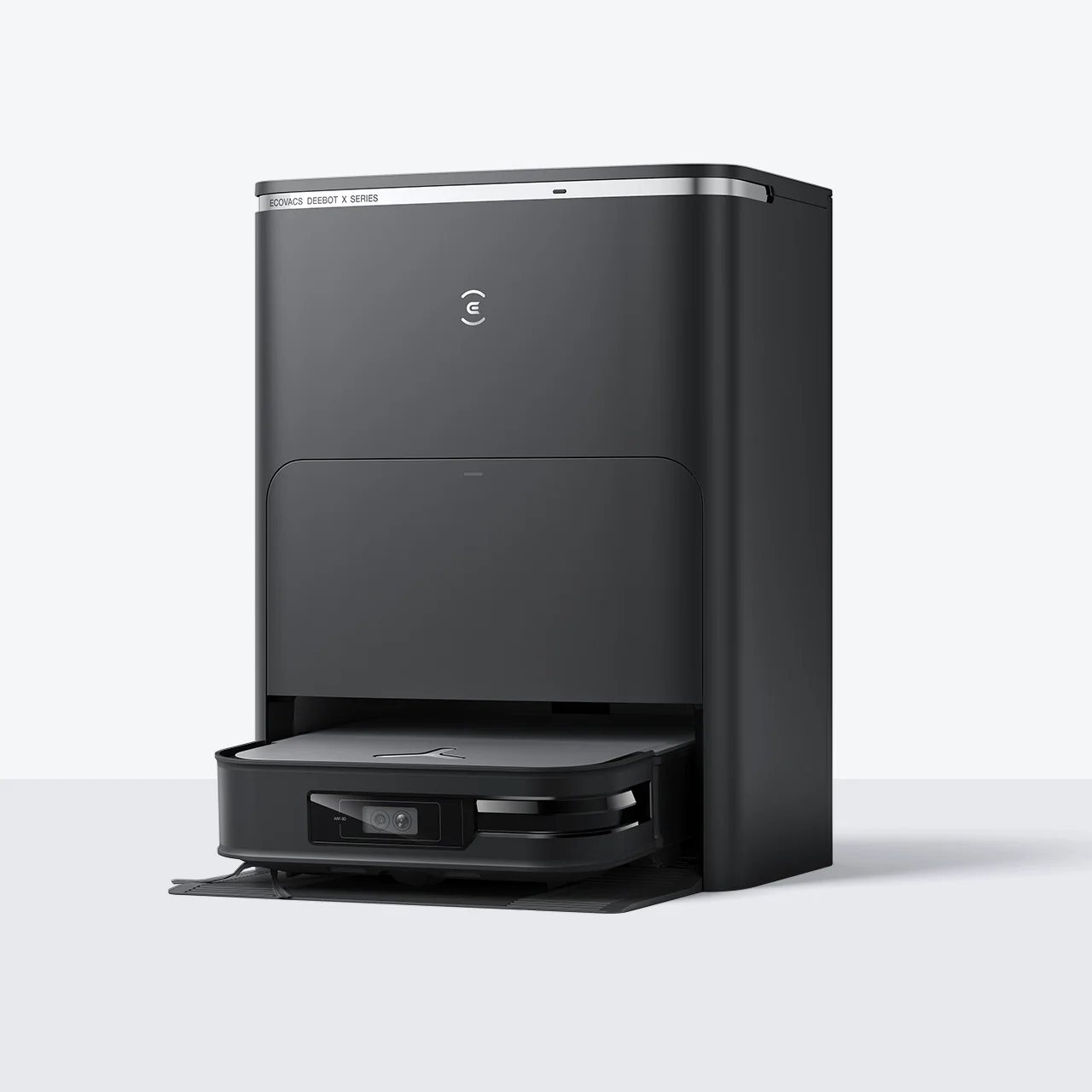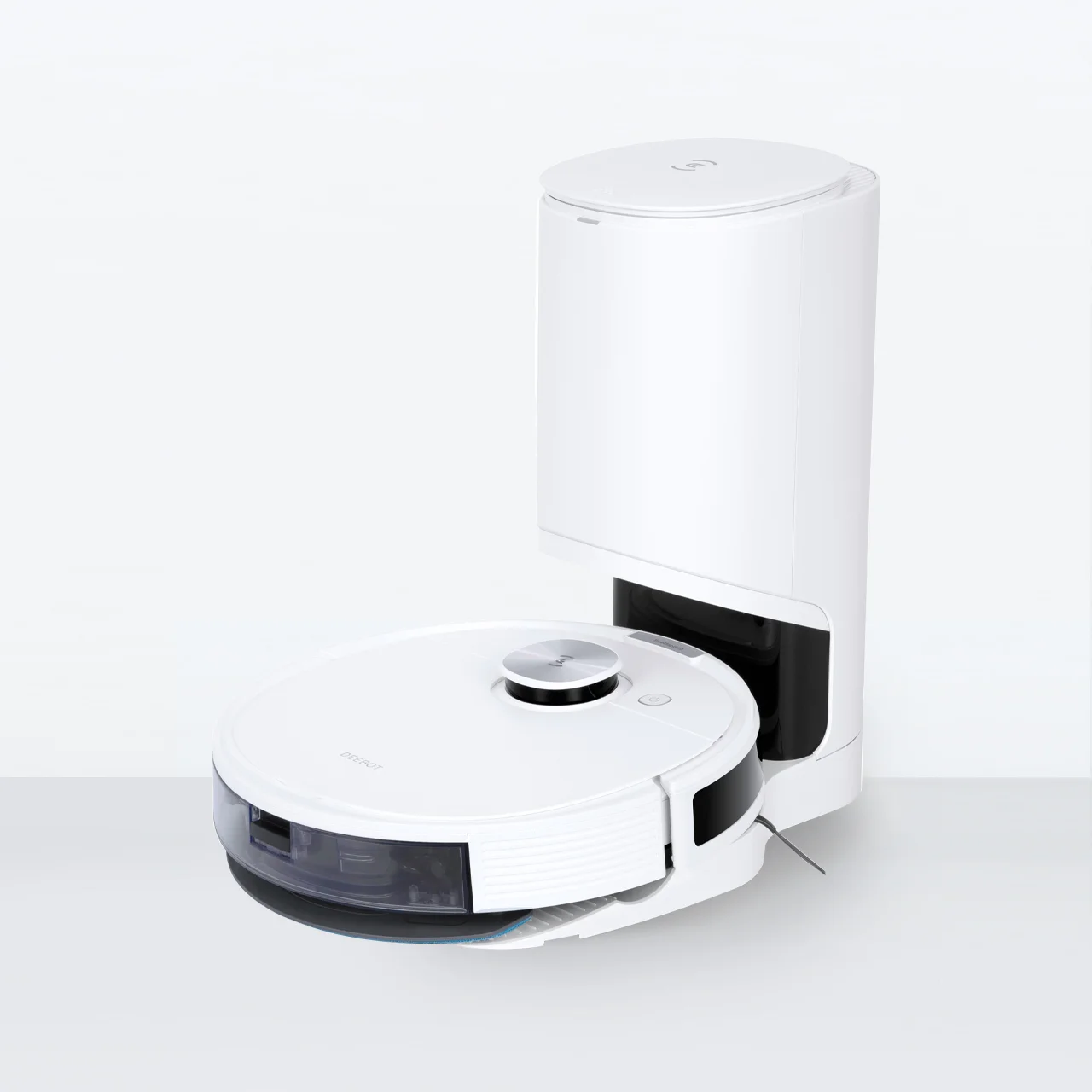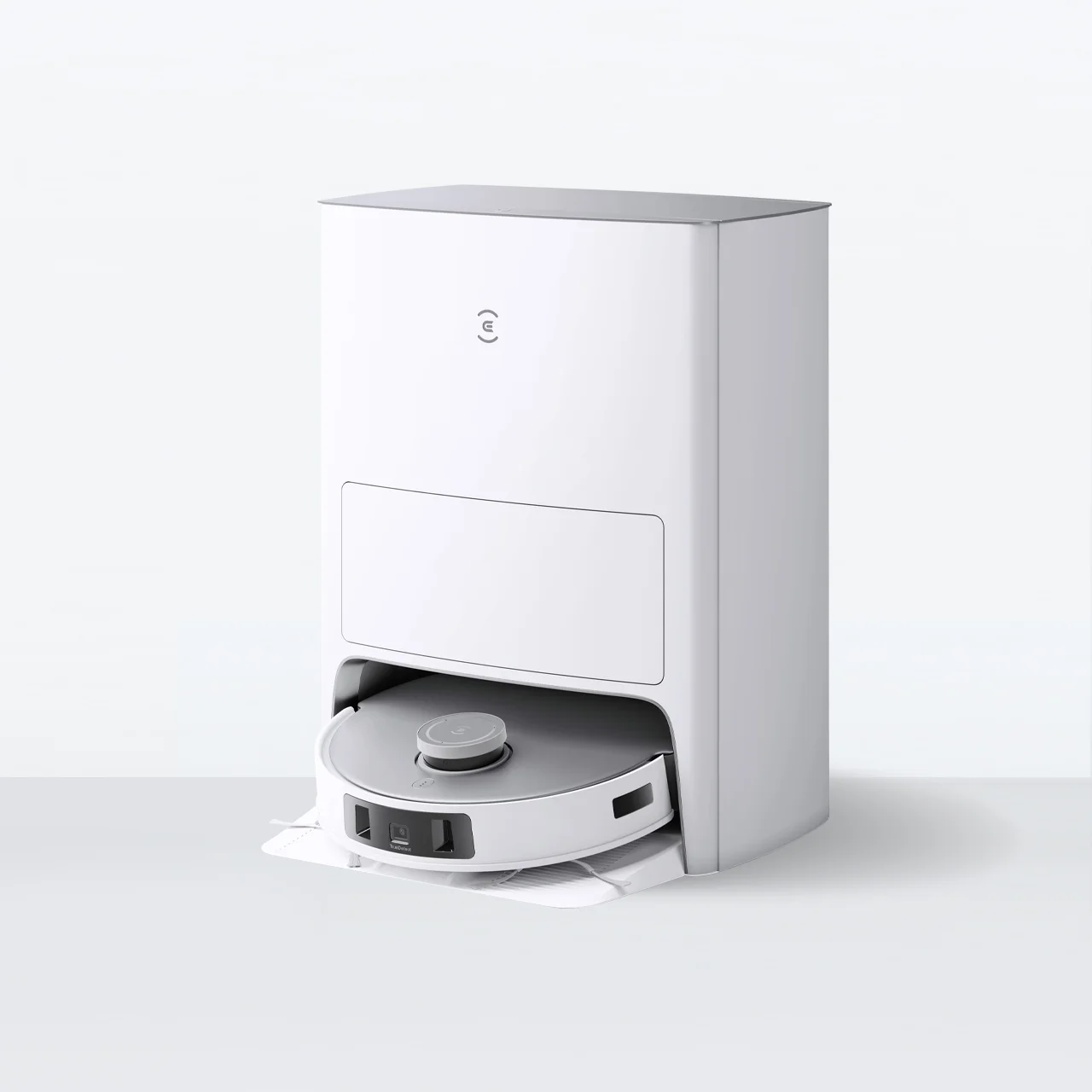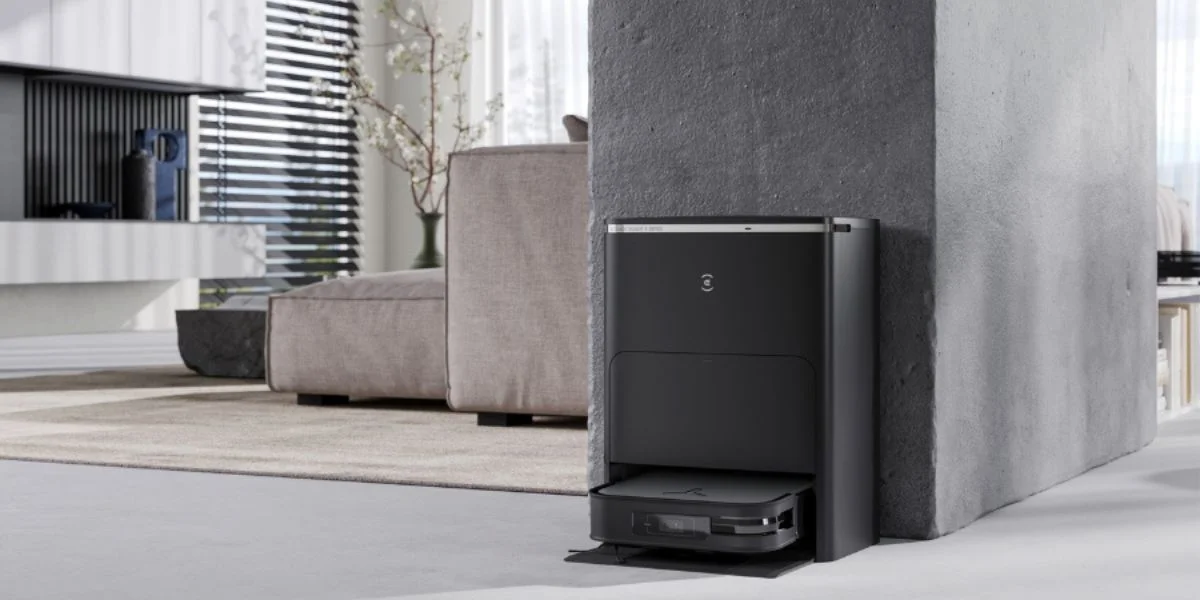
Australians are building bigger homes, according to Statista, with the average floor area of new houses built in the country in 2022 measuring 232.3 square metres — an increase from the previous year’s average of 230.4 square metres. Such large homes require extensive housekeeping, but homeowners or tenants may not have the time to clean such vast residences. However, a robot vacuum cleaner can make the process easier as they can clean homes unsupervised.
The basic models of smart vacuum cleaners work on a “bump and go” principle by which they clean a space, run into an obstacle, change course to clean another area, and repeat the process if they come in contact with another obstruction. This means that these devices could knock over delicate furniture and décor or get tangled in cords and clutter on the floor. In addition, they cannot avoid areas you don’t want them to enter, such as a pet’s corner or a baby’s nursery
On the other hand, newer models of auto vacuums come with advanced obstacle avoidance, mapping capabilities, and camera systems that can help the device navigate around fragile items. They can even keep out of specific rooms or areas in your home altogether if you add no-go zones to your robot vacuum’s cleaning routines using an app.
ECOVACS has several models of auto vacuums capable of creating prohibited zones, which give users the option of either placing physical boundary tape that the device will not cross in front of areas that don’t require cleaning, or setting up virtual boundaries in the ECOVACS HOME app.
What Is A No-Go Zone For Robot Vacuum Cleaners?
A no-go zone for robot vacuum cleaners is a specific part of your home that you want your device to avoid for current and future cleaning sessions. This is useful as you can decide which parts of your home you want the device to avoid, such as rooms with fragile furniture or lots of cables, your child’s bedroom, areas with a lot of electronics, or a pet area that may have a litter box, floor bed, or even poop. You can then incorporate these no-go zones into customisable cleaning schedules so that the appliance doesn’t trigger alarms or cause accidents.
There are, however, some self-cleaning vacuum models that don’t give users the option of creating these stay-out zones. This can be inconvenient as you need to interrupt a cleaning session and change the location of the device to make sure that it doesn’t go into a restricted area. In addition, bump-and-run versions will enter a room you don’t want cleaned if the door is left open. You could place magnetic boundary strips in front of the space you don’t want cleaned that your appliance will detect and not go over, but this can ruin the look of your flooring.
3 Best DEEBOT Robot Vacuum With No-Go Zones
ECOVACS DEEBOTs give users a variety of options to help them set no-go zones in their homes, such as advanced mapping features, navigation systems, and sensors. Here are 3 top DEEBOT robotic vacuum cleaners on which you can add exclusion zones.
DEEBOT N10 PLUS
Among the ECOVACS line-up of smart vacuums with no-go zones is the DEEBOT N10 PLUS. It comes with a TrueMapping feature that uses an advanced laser-based LiDAR navigation system with dToF sensors to perform 360° scans of your home to generate maps with twice the coverage and four times the precision of previous mapping technology. The data from these scans is used to build 3D floor maps that can be accessed in the ECOVACS HOME App.
Shop DEEBOT N10 PLUS NowDEEBOT T20 OMNI
The DEEBOT T20 OMNI levels up with its Housekeeper Mode 2.0 feature that can dynamically adjust its cleaning based on your preferences, and its Quick Mapping that creates a map of your home in five minutes. Its upgraded TrueMapping 2.0 technology uses LIDAR and dToF sensors for quicker and more precise mapping, helping the device create a detailed plan for every room, down to each piece of furniture – even furnishings as small as a potted plant.
Shop DEEBOT T20 PLUS NowDEEBOT X2 OMNI
This newest ECOVACS model has 3D Mapping 2.0 that shows the structure and real-time changes in your home, allowing the device to identify and clean specific areas and avoid restricted zones. The upgraded RGBD sensors as part of its AIVI 3D 2.0 technology enables the device to learn the home environment and your cleaning routines. It also uses a fully embedded Dual-laser LiDAR sensor as part of its TrueMapping 3.0 technology, which offers intelligent and precise navigation with accurate obstacle avoidance and path-mapping.
Shop DEEBOT X2 OMNI NowHow To Choose A Robot Vacuum With A No-Go Zone Feature?
It’s fairly simple to create a no-go zone on a robot vacuum cleaner. Once the device has finished mapping your home, you can access the maps it generates on the app. You can then either draw a boundary line across a door to indicate that you don’t want the appliance to enter a room while it’s cleaning, such as your study when you’re in a meeting at home. You can even create a box to exclude a certain area from a cleaning routine, like a carpet that requires special care. Here’s what you should consider when choosing a smart vacuum for your home.
Mapping and navigation technology
This is the most important factor to look into when you select an automatic cleaner with a no-go zone feature. A robot vacuum cleaner’s ability to map your home, learn its layout, and then move through it unsupervised is what will help you define and add forbidden zones to its cleaning routines. Newer smart vacuums have laser light-based LiDAR systems, and can therefore create more precise cleaning paths and understand restricted areas better than their older counterparts.

Boundary-setting mechanism
Look for a smart vacuum that can be controlled with an app created by the manufacturer, which you can use to set up invisible boundaries within your home after the device finishes mapping it. You can then program the appliance to keep away from an entire room, or a smaller space within it, during every cleaning cycle or just at specific times. Once these prohibited areas are created, you can adjust or even delete them altogether, depending on your preferences.
Compatibility with home layout
Check whether you can personalise the appliance’s cleaning routines so that it’s compatible with the layout of your home. For instance, if you have an open-plan kitchen, find out how easily you can program the device to stay away from the area while you’re cooking. Advanced versions of these devices come with obstacle avoidance technology to detect stairs, but it’s worth checking if you can also set a forbidden zone at the top of a staircase when your appliance is working on an upper floor of a multi-story home as an additional precaution.
Sensor technology
Self-cleaning vacuums all have sensors that perform a range of functions, from basic navigation to advanced cleaning. If you want a truly hands-free cleaning experience, look into models that use optical sensors to determine how many times their wheels have rotated in order to calculate how much ground they’ve covered. This can help them navigate a space with more precision and plan routes that work around exclusion zones programmed into their routines.

Integration with smart home systems
If you’ve created a smart home setup using the internet to control household appliances and devices automatically and remotely using a mobile app or voice assistant, you can add a robot vacuum to this system. The device can be integrated into this system as it can pair with virtual assistants and navigate around the house by itself while cleaning based on routines that you set, which can include restricted zones that you specify.
Solving Common No-Go Zone Setup Problems
If you experience issues when creating a no-go zone for your robot vacuum, there are usually simple fixes you can carry out at home. Here are some common problems and how they can be resolved:
● No-go zones not recognised: This may happen if your device has started cleaning while it’s away from its docking station. Place the appliance in the station, then begin the cleaning cycle to use the no-go zone function.
● Inaccurate mapping: Sometimes, a layout change or dirty sensors can affect your appliance’s mapping function. In this instance, try moving obstacles from its path, clean the navigation sensors, or remap the area.
● Incomplete or no mapping: Your automatic vacuum may fail to map the house or just a section of it. Try making sure you have a strong Wi-Fi connection, clearing any obstructions in the device’s way, or resetting its mapping function on the app to rectify the problem.
● Map not updating: This can happen due to software glitches, obstructions in the cleaning path, or weak Wi-Fi connectivity. Removing obstacles in the cleaning area, resetting the mapping function, and updating the device’s software may resolve this issue.
If you still experience issues, read our troubleshooting guide, or contact our support if you're using a DEEBOT.
FAQ
Can I set up no-go zones without using an app?
Yes, you can set up no-go zones for your robot vacuum cleaner without an app, depending on the model. One way is to place magnetic boundary strips in front of the areas you don’t want your device to go, which you can do if you have an older model such as an ECOVACS DEEBOT OZMO U2. Another way is to place a virtual wall barrier in front of the restricted space and set the distance that you want your invisible wall to extend to so that your device doesn’t enter the area.
Are no-go zones effective for multi-story homes?
While most smart vacuums come with drop sensors that help them detect stairs, you can use the no-go zones feature as an extra precaution when your device is cleaning at the top of the stairs on an upper floor of your home.
How do virtual walls work with robot vacuum cleaners?
A virtual wall creates an invisible barrier that a robot vacuum cleaner won’t cross. You can use these small battery-powered devices to block openings up to a certain width. Just turn them on and place them outside the doorway of the room you don’t want your auto vacuum to enter.
Related Products












